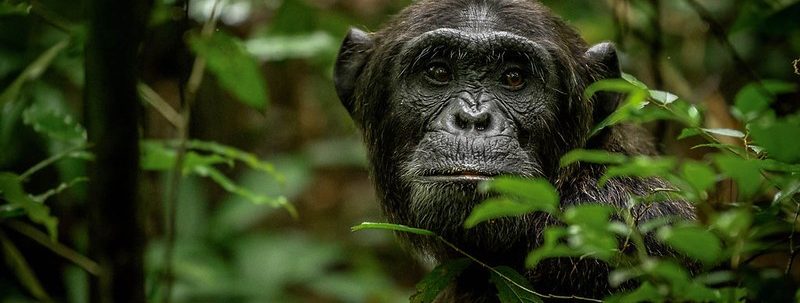Kabalega National Park at a glance.
The park, which locals refer to as Kabalega National Park, is located 285 kilometers outside of Kampala in northwest Uganda. The park, which is divided by the Victoria Nile and located at the tip of the Albertine Rift Valley, has savannah, riverine forest, and woodland areas.
Uganda’s oldest and largest safari park is Murchison Falls National Park. People go from all over the world to see the 76 species of mammals and 451 species of birds at this historic wildlife reserve, which was first established in 1926.
Before visiting Kibale, Queen Elizabeth, Bwindi, and Lake Mburo National Parks, the park is a great site to start your southwestern safari circuit.
What will I see at Kabalega National Park?
The largest conservation area in Uganda is currently thought to be Murchison National Park. Since poaching was rampant in the 1980s, the variety of wildlife is evidence of their effectiveness in defending species and habitats.
The population has made a good recovery, and now game drives and boat excursions allow you to see a wide range of wildlife, making the park an incredible safari destination.
Home to 4 out of 5.
Four of the “Big Five” animals—elephants, buffalo, lions, and leopards—live in the park, however leopard sightings are uncommon. When the park originally opened, rhinos were present there; unfortunately, poachers murdered the last rhino in 1983.
There are sizable herds of elephants and buffalo, and although there is a strong lion pride, there is no assurance that you will see any of them.
When should I visit Savannah Of Murchison Falls National Park?
Due to its equatorial location, the tropical environment of Murchison Falls National Park is heated all year long. However, there may be brief showers throughout the rainy season. The wet season lasts from March to November, and the dry season is from December to February.
The park is worth visiting all year round, but from June to September and from January to March are the best times to see wildlife. During such time, they frequently gather along the Nile and other water sources.
What Else Congregates By The Water?
Other Wildlife Animals In Murchison Falls National Park
Wildlife is drawn to the Nile. Hippos, hartebeests, waterbucks, warthogs, oribis, Uganda kobs, and grey duikers might be found near the water. Because the park is home to the majority of Uganda’s crocodiles, finding them is simple. The park is home to hyenas, though they are rarely seen there.
Chimpanzees and Monkeys.
The park is well known for chimpanzee trekking in addition to game viewing. In the Budongo and Kaniyo Pabidi forests, there are over 600. In addition to chimpanzees, the woodlands are home to Red-tailed, Blue, and Black-and-White Colobus monkeys. You might spot Patas monkeys, which are indigenous to Murchison, if you’re lucky.
Bird Watching.
If you enjoy bird watching, it’s a good idea to carry a notepad so you may record the variety of birds you see in the park. The birds of Murchison Falls National Park total 451 different species. On a game drive, nature walk, or boat trip, birds can be seen.
A great way to see birds related with water is to take a boat trip up the Nile. Shoebill stork, goliath heron, grey crowned crane, Abyssinian ground hornbill, black-headed lapwing, and Senegal thick-knee are a few possible sightings. Although you can observe birds all throughout the year, it’s best to visit the park in January through March, when there are less visitors and more opportunities to watch birds.
Giraffes.
An extremely rare subspecies of the northern giraffe, the Rothschild’s giraffe, can be seen in the park.
Conservation efforts at Murchison Falls National Park have been successful. According to the Giraffe Conservation Foundation, the number of Rothschild’s giraffes in Uganda has increased during the past 20 years. There are roughly 1,450 to the north and 45 to the south of the Nile. About 50% of the people live in the park.






